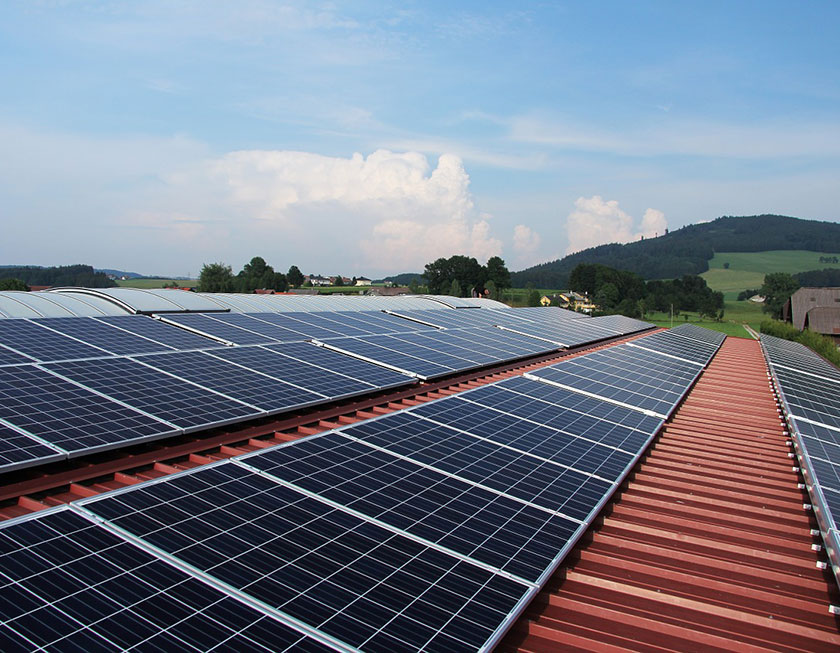
Scalability is a hallmark of solar photovoltaic technology. It is not just a single advantage. It paves the way for a bunch of benefits. A benefit-generator!
In this article, we are going to discuss some key benefits of scalability embedded in the solar photovoltaic technology.
Attracts small, medium and large investments
As we already know it, concentrating solar is still not a scalable technology. It is feasible at the utility-scale only. Simply, concentrating solar attracts utility-scale investments but is born with a stumbling block to retail and medium-sized investors. That’s why nobody is going to have a concentrating solar thermal system on his/ her rooftop. Anyway, tens of thousands of householders have already get installed solar panels on their rooftops!
Why?
Unlike concentrating solar power, solar photovoltaic is a fully scalable technology, as we discussed earlier. One can get installed a 1 kW, 3 kW or 5 kW system on his rooftop depending on his requirement. An investor having a sufficient amount of funding can even think of a utility-scale system having a capacity of 1 MW, 5 MW, 10 MW…
Simply, solar photovoltaics technology fits almost all residential, commercial, and utility-scale electricity generation projects whereas concentrating solar thermal is ill-suited to small, mini and micro-scale electricity generation.
Solar photovoltaic technology: How much scalable it is…
Let us study the following tables which compile randomly selected solar photovoltaic farms in different capacity ranges.
Table 01: Solar photovoltaic farms with capacities of 1 GW or higher
| Capacity | Name of the project | Country | Reference |
| 1.5 GW | Tengger Desert Solar Park | China | [1] |
| 1 GW | Datong Solar Power Top Runner Base | China |
Table 02: Solar photovoltaic farms with capacities in the range of 500 MW < 1 GW
| Capacity | Name of the project | Country | Reference |
| 900 MW | Kurnool Ultra Mega Solar Park | India | [1] |
| 850 MW | Longyangxia Dam Solar Park | China | |
| 648 MW | Kamuthi Solar Power Project | India |
Table 03: Solar photovoltaic farms with capacities in the range of 100 MW 500 MW
| Capacity | Name of the project | Country | Reference |
| 500 MW | Amargosa Farm Road Solar Power Project | USA | [2] |
| 400 MW | Gadsden Solar Farm | USA | |
| 250 MW | California Valley Solar Ranch | USA | |
| 130 MW | Centinela Solar Project | USA | |
| 110 MW | Catalina Solar Project | USA |
Table 04: Solar photovoltaic farms with capacities in the range of 50 MW < 100 MW
| Capacity | Name of the project | Country | Reference |
| 97 MW | “Sarnia Photovoltaic Power Plant | Canada | [3] |
| 84.2 MW | “Montalto di Castro Photovoltaic Power Station | Italy | |
| 78 MW | Solarpark Senftenberg | Germany | |
| 60 MW | “Olmedilla Photovoltaic Park | Spain |
Table 05: Solar photovoltaic farms with capacities in the range of 10 MW< 50 MW
| Capacity | Name of the project | Country | Reference |
| 49.9 MW | Turning Point Solar | USA | [2] |
| 45 MW | Avenal Solar Generating Facility | USA | |
| 25 MW | Desoto Solar Energy | USA | |
| 20 MW | Stroud Solar Station | USA |
Table 06: Solar photovoltaic farms with capacities in the range of 1 MW≤ 10 MW
| Capacity | Name of the project | Country | Reference |
| 10 MW | Green Infra Solar Energy Limited | India | [4] |
| 10 MW | Bavarian Solarpark | Germany | [5] |
| 5 MW | Aerojet | USA | [2] |
| 5 MW | Sivaganga Photovoltaic Plant | India | [4] |
| 2.144 MW | Petchaburi | Thailand | [6] |
| 1 MW | Santa Rosalia | Mexico | [7] |
- Almost all the systems with capacities less than 1MW are now rooftop solar. It is almost impossible to enumerate the number of such systems due to the fact that an innumerable number of rooftop solar systems with capacities less than 1 MW has been installed worldwide. Further, solar street lighting systems that generate several Watts of power, are now more common in many countries. To sum up, solar photovoltaic technology is fully scalable and feasible to generate a few µW or even several GW of power.
All these facts say a lot about the astonishing degree of scalability accompanied by solar photovoltaics!
Especially, millions of people have already invested in rooftop solar even though an average citizen cannot invest in a concentrating solar thermal project. This supports the simple rule: One may have enough money to have a boat but not a ship!
Distributed generation
Traditionally, electricity is generated by centralized, large-scale power plants. Most of such plants are located far away from the areas where electricity is needed and therefore, they require expensive/ massive transmission infrastructure. In addition, there is a huge energy lost in the electricity transmission in such centralized electricity generation. A distributed generation network, on the other hand, creates a golden opportunity to generate electricity where it is needed and thereby helps minimize the energy lost. Further, such network helps reduce the stress or load on the transmission lines and needs for expensive upgrades in the electricity transmission network. Norms have been changing so fast. Nowadays, instead of centralized large power plants, governments and policymakers are now enthusiastically encouraging the investors for distributed electricity generation systems. Scalability of solar photovoltaics makes it an ideal for distributed electricity generation (rooftop solar for residential and commercial buildings). So, solar photovoltaics has been in the spotlight. Various incentive mechanisms have been introduced by many countries inspiring their people to invest in distributed generation systems (especially, rooftop solar). This has been a win-win for both the country’s economy and individual electricity producers.
Power of incentives

Figure 01: Rooftop Solar Vs. utility solar in Europe (2016) [8]
Most of the European countries have introduced some overwhelmingly impressive incentives for distributed solar photovoltaic systems. The result is quite astonishing that cumulative solar photovoltaic capacity in Europe was 105 GW by 2016. Surprisingly, as much as 65% of it (68 GW) was rooftop-based solar [8]. This is an ideal example to demonstrate the role of incentives and their power in attracting public attention towards rooftop solar. And it has been an aggressive attraction, as shown in the pie chart above!
In the next article, we will see how photovoltaic technology has been competing against concentrating solar thermal technology.
References
[1] Šantić, A., & Aksamovic, A. (2018, May). Photovoltaic plants in Bosnia and Herzegovina—State and perspectives. In 2018 41st International Convention on Information and Communication Technology, Electronics and Microelectronics (MIPRO) (pp. 1501-1506). IEEE.
[2] Mendelsohn, M., Lowder, T., & Canavan, B. (2012). Utility-scale concentrating solar power and photovoltaics projects: A technology and market overview. Contract, 303, 275-3000.
[3] Najafi, G., Ghobadian, B., Mamat, R., Yusaf, T., & Azmi, W. H. (2015). Solar energy in Iran: Current state and outlook. Renewable and Sustainable Energy Reviews, 49, 931-942.
[4] Khare, V., Nema, S., & Baredar, P. (2013). Status of solar wind renewable energy in India. Renewable and Sustainable Energy Reviews, 27, 1-10.
[5]Trevisani, L., Fabbri, M., & Negrini, F. (2006). Long-term scenarios for energy and environment: Energy from the desert with very large solar plants using liquid hydrogen and superconducting technologies. Fuel processing technology, 87 (2), 157-161.
[6] Chimres, N., & Wongwises, S. (2016). Critical review of the current status of solar energy in Thailand. Renewable and Sustainable Energy Reviews, 58, 198-207.
[7] Alemán-Nava, G. S., Casiano-Flores, V. H., Cárdenas-Chávez, D. L., Díaz-Chavez, R., Scarlat, N., Mahlknecht, J., & Parra, R. (2014). Renewable energy research progress in Mexico: A review. Renewable and Sustainable Energy Reviews, 32, 140-153.
[8] Park, W. M. W. (2017). THE 44th IEEE PHOTOVOLTAIC SPECIALISTS CONFERENCE.

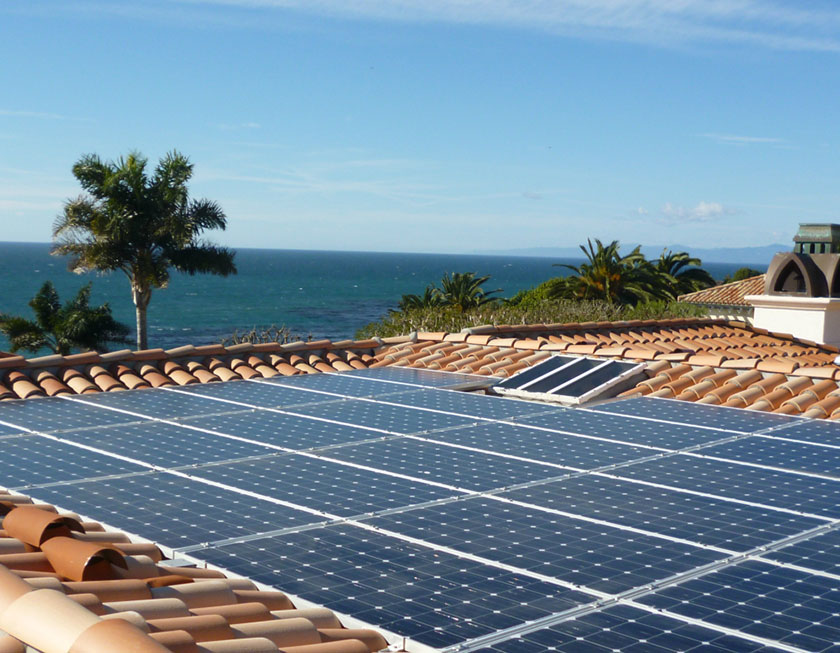
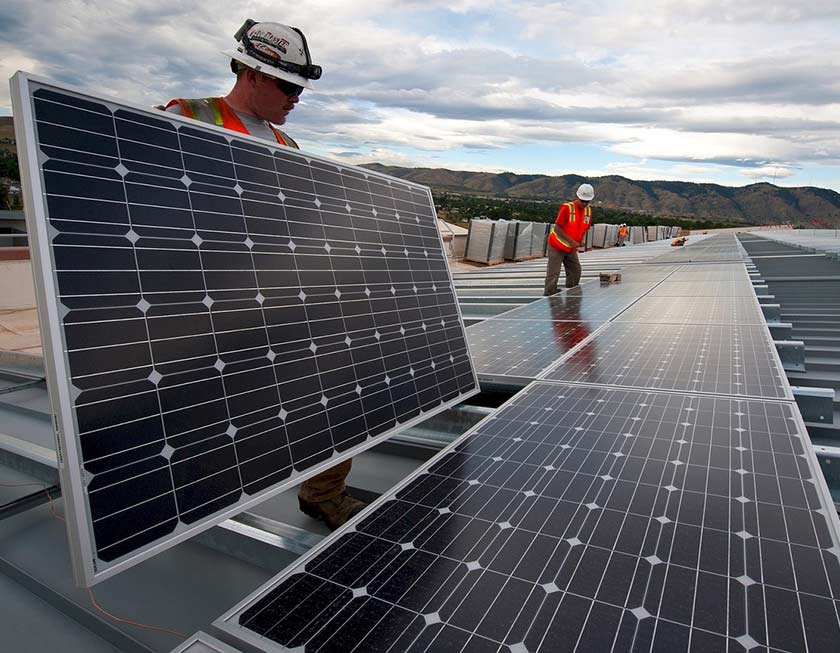

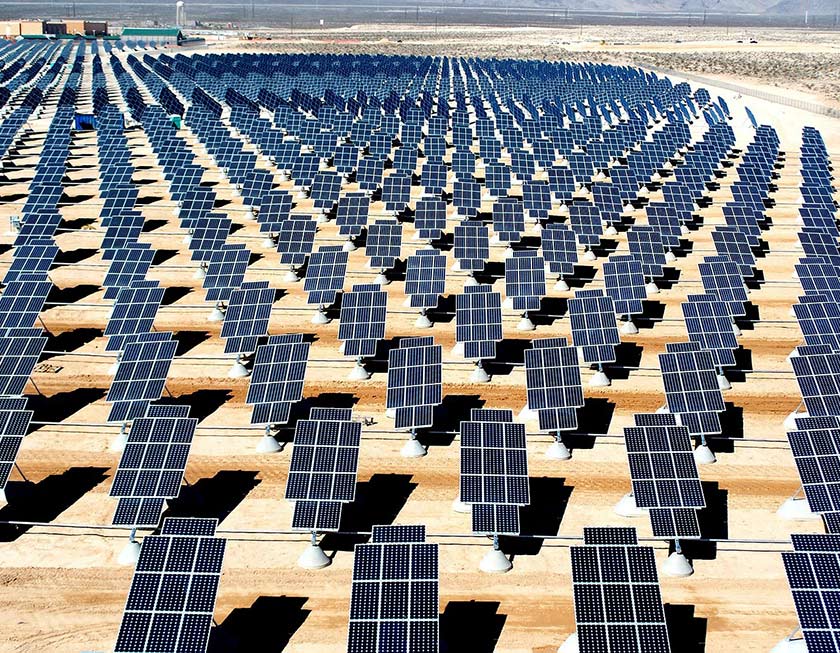
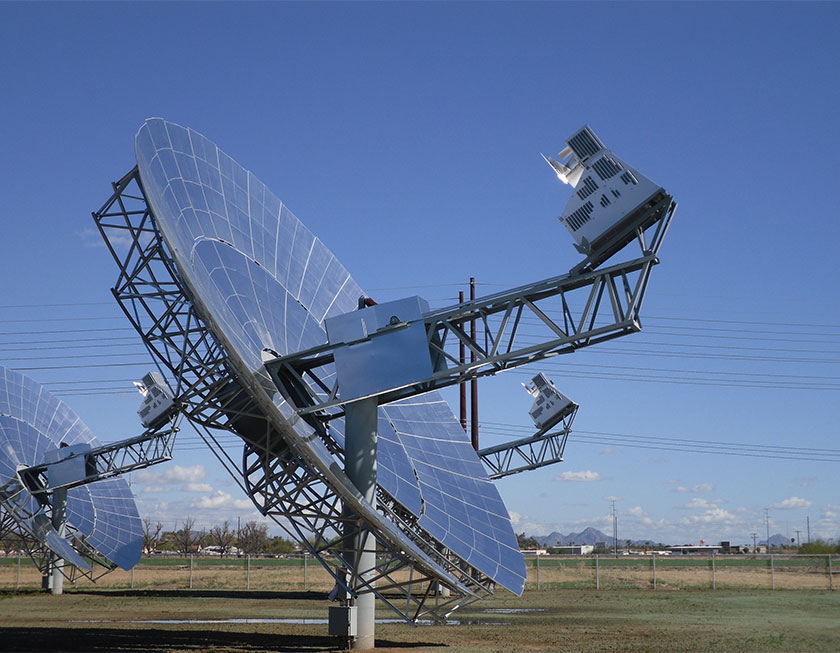
Recent Comments